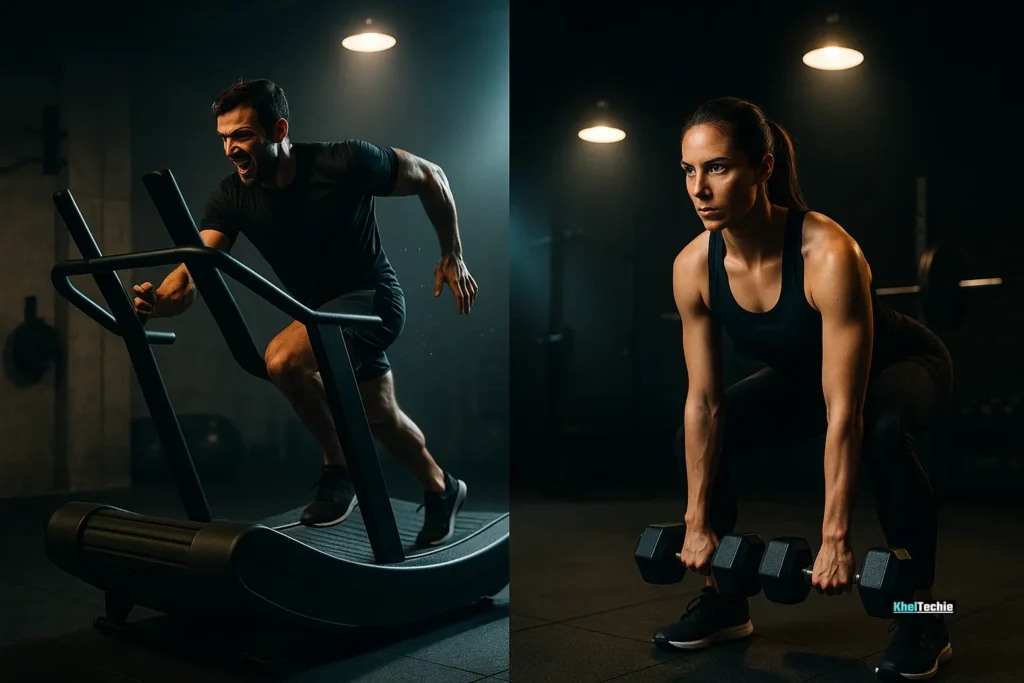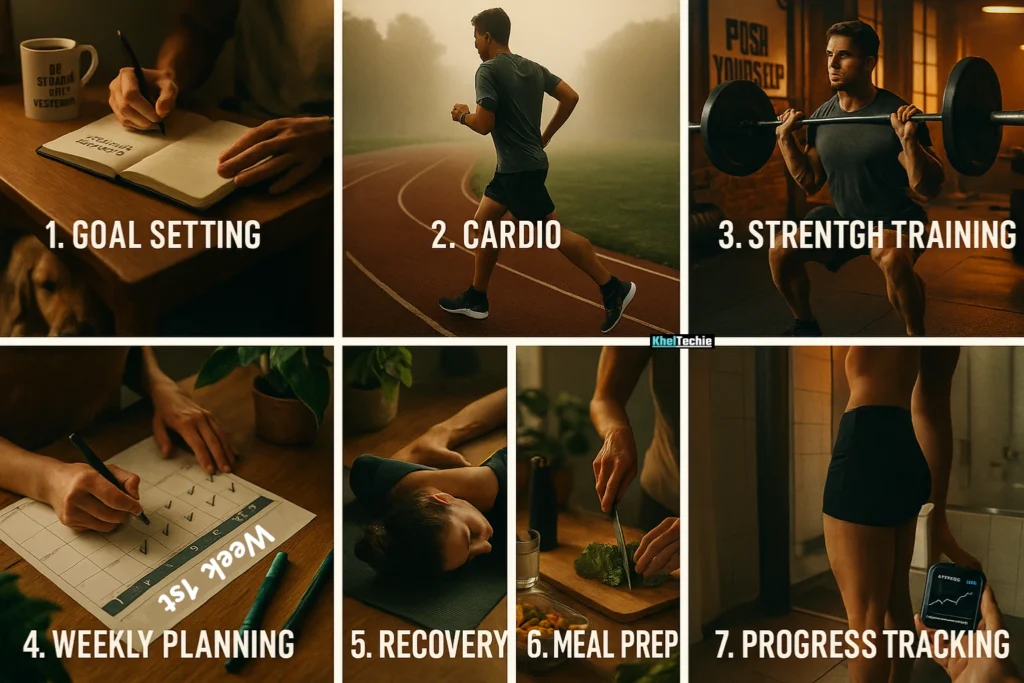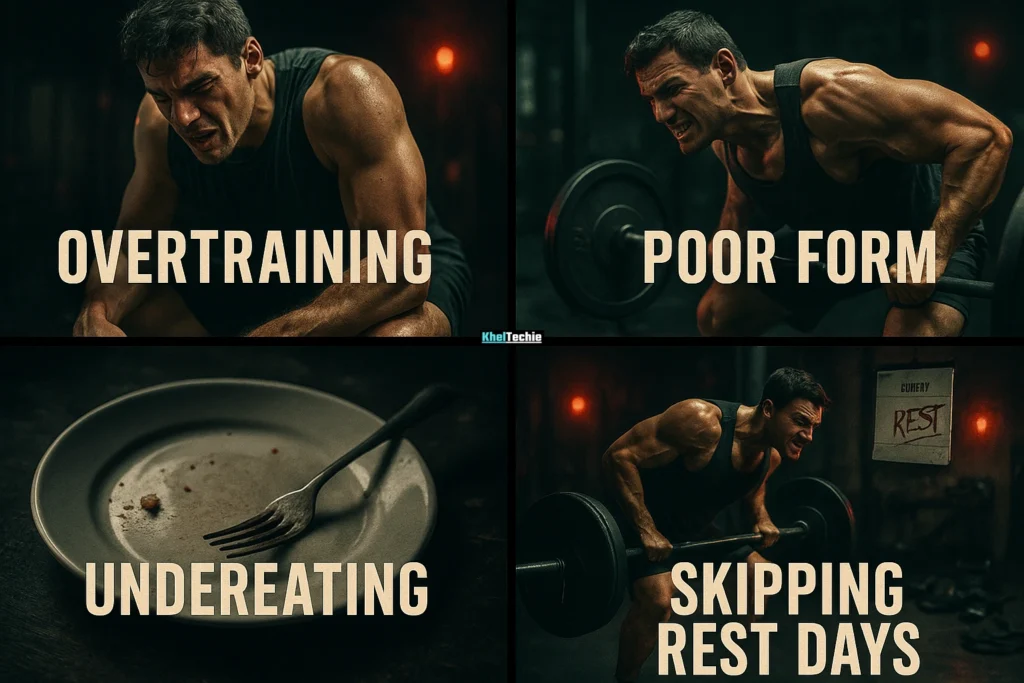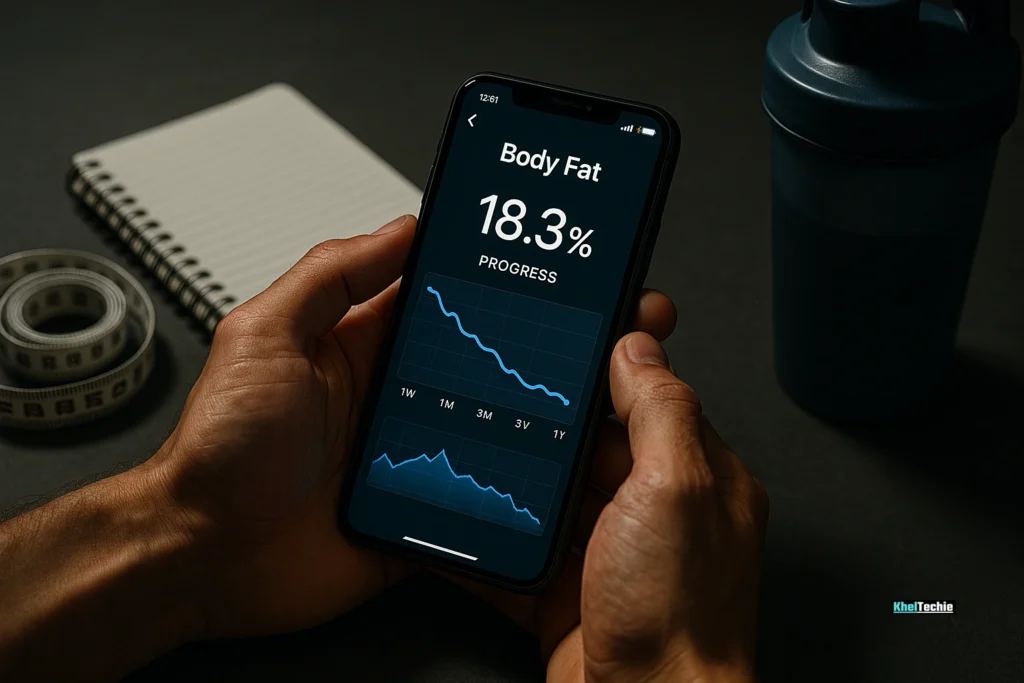How to Balance Cardio and Strength for Fat Loss: The Ultimate Guide
The Fat Loss Dilemma!
You’ve probably tried every crash diet or quick fix out there but nothing seems to work long-term. Maybe you’ve gone all-in on cardio, only to hit a plateau Or maybe you lifted weights religiously but didn’t see the scale budge.
Here’s the truth
Fat loss isn’t about choosing between cardio or strength, it’s about finding the right balance, that’s why you’re here. In this article, we’ll walk through exactly how to balance cardio and strength for fat loss, step by step, No fluff, No gimmicks, Just science-backed strategies that actually work.
Let’s get started
Also read – 9 Best Cardio Workouts Without Running

What Does It Mean to Balance Cardio and Strength for Fat Loss?
Balancing cardio and strength training involves integrating both forms of exercise into your routine to maximize fat loss while preserving or building muscle mass. Think of it as a well-orchestrated symphony where each component plays its part harmoniously.
- Cardio: Activities like running, cycling, or swimming that elevate your heart rate, burning calories and improving cardiovascular health.
- Strength Training: Exercises like weightlifting or bodyweight workouts that build muscle, boost metabolism, and enhance overall strength.
Combining these elements strategically leads to sustainable fat loss and improved body composition.

Why Balancing Cardio and Strength Matters
Balancing cardio and strength training isn’t just fitness guru advice, it’s now science-backed and essential for anyone serious about fat loss and total body wellness. According to a recent 2024 study by the National Heart, Lung, and Blood Institute, people who blended both workout styles lowered their heart disease risks more effectively than those who stuck to strength training alone. That’s a game changer, especially if heart health runs in your family.
Another 2024 report on News-Medical.net revealed that this combo training does what no single workout can, it boosts both your aerobic endurance and muscular strength at the same time. So whether you’re chasing a six-pack or just want to climb stairs without gasping, this is your golden ticket.
The uniqueness of combining cardio and weights is simple, cardio burns fat, strength builds muscle, and together they create a metabolic powerhouse inside your body. You don’t have to train like an athlete, just train smart, train balanced. Your future self will thank you.
So, instead of choosing sides, make them teammates. Cardio and strength are not rivals, they’re your fat loss dream team.

Step-by-Step Guide to Balancing Cardio and Strength for Fat Loss
Step 1: Understand Your Goals and Lifestyle
- Are you new to fitness?
- Do you have 3 days a week or 5?
- Your starting point determines your plan.
If you’re short on time, aim for 3–4 days per week with hybrid workouts (like HIIT + strength combos).
Step 2: Choose the Right Types of Cardio and Strength Training
Best Cardio for Fat Loss:
- High-Intensity Interval Training (HIIT)
- Steady-State Cardio (walking, jogging, cycling)
- Rowing
- Swimming
Best Strength Training for Fat Loss:
- Compound lifts (squats, deadlifts, bench press)
- Bodyweight circuits
- Dumbbell or kettlebell complexes
- Resistance band workouts
Use free weights instead of machines, they engage more stabilizer muscles and burn more calories.
Step 3: Structure Your Weekly Routine
Here’s a sample weekly schedule:
| Day | Workout Type |
|---|---|
| Monday | Full-body strength |
| Tuesday | HIIT cardio (20–30 mins) |
| Wednesday | Rest or light yoga/stretching |
| Thursday | Lower body strength + core |
| Friday | Steady-state cardio (45 mins) |
| Saturday | Upper body strength + HIIT |
| Sunday | Active recovery or mobility |
Adjust based on your energy levels and recovery needs.
Step 4: Prioritize Recovery
Overtraining = counterproductive.
Make sure to:
- Get 7–9 hours of sleep
- Stay hydrated
- Eat enough protein
- Stretch or foam roll after workouts
Step 5: Track Progress Beyond the Scale
Use metrics like:
- Body measurements
- Progress photos
- Strength gains
- Endurance improvements
Sometimes the scale doesn’t tell the whole story, You might be gaining muscle and losing fat but the number stays the same.
Step 6: Fuel Your Workouts
Nutrition plays a huge role in fat loss.
Considerations:
- Eat in a slight calorie deficit
- Prioritize protein (aim for 0.7–1g per pound of body weight)
- Time carbs around workouts
- Don’t skip healthy fats
Step 7: Adjust Based on Results
If you hit a plateau:
- Increase intensity or volume
- Change up your routine
- Reassess your nutrition
Consistency is key but so is flexibility.

Common Mistakes to Avoid When Mixing Cardio and Strength
1) Doing Too Much Cardio
- Can lead to muscle loss and burnout.
- Stick to 3–5 sessions per week depending on goals.
2) Neglecting Strength Training
- Skipping weights = slower metabolism.
- Even 2–3 days a week can make a big difference.
3) Not Eating Enough Protein
- Without proper fuel, muscle repair suffers.
- Aim for 1.6–2.2g of protein per kg of body weight.
4) Ignoring Recovery
- Soreness is normal; pain is not.
- Take rest days seriously.
5) Sticking to the Same Routine
- Your body adapts quickly.
- Switch up exercises every 4–6 weeks.
Also read – Strength Training for Women Over 40

Conclusion : Your Next Step Toward a Leaner You
Now that you know how to balance cardio and strength for fat loss, it’s time to take action. Start small, Pick one strategy from this guide and implement it this week. Then build from there and always Remember, progress takes time but with the right balance, you’ll get there faster.
Got questions? Drop them in the comments below 👇 And don’t forget to share this article with someone who wants real, lasting results.
FAQs
Can I Do Cardio and Strength on the Same Day?
Yes, but be smart about it. If you do heavy lifting first, then add light cardio after, you’ll avoid fatigue during strength sets. Alternatively, split them into AM and PM sessions if possible.
Should I Do Cardio Before or After Strength?
Generally, do strength before cardio.
Why? Because cardio uses glycogen (stored carbs), and you want that energy saved for lifting. Lifting first ensures you’re stronger and less likely to compromise form.
How Many Days a Week Should I Do Cardio and Strength?
Aim for:
- 2–3 days of strength
- 2–3 days of cardio
- 1–2 days of active recovery or mobility
Total: 5–6 days per week.
How Long Should My Cardio and Strength Sessions Be?
Cardio: 20–45 minutes (depending on intensity)
Strength: 45–75 minutes (including warm-up and cooldown)
Quality > quantity.
Will Lifting Weights Make Me Bulky?
No, especially not overnight.
Women often fear bulking up, but due to lower testosterone levels, it’s much harder to gain large amounts of muscle.
Instead, you’ll tone up, feel stronger, and boost metabolism.
What’s the Best Type of Cardio for Fat Loss?
HIIT is king for time efficiency and post-burn effect (EPOC).
But steady-state cardio (like walking or cycling) is great for beginners or recovery days.
How Important Is Diet Compared to Exercise?
Diet is roughly 70–80% of the equation. You can’t out-train a bad diet. Focus on whole foods, portion control, and hydration.
How Long Until I See Results?
With consistency, most people start noticing changes in 4–6 weeks. Significant results usually appear around 8–12 weeks.
Can I Lose Belly Fat with Cardio and Strength?
Spot reduction is a myth. But full-body fat loss (achieved through cardio + strength) will reduce belly fat over time. Also, core strength training improves posture and definition.
Is it okay to take rest days?
Absolutely, Rest days are crucial for recovery and preventing burnout.
Do I need to take supplements?
Supplements aren’t necessary but can support your goals. Consult a healthcare professional before starting any supplement regimen.




